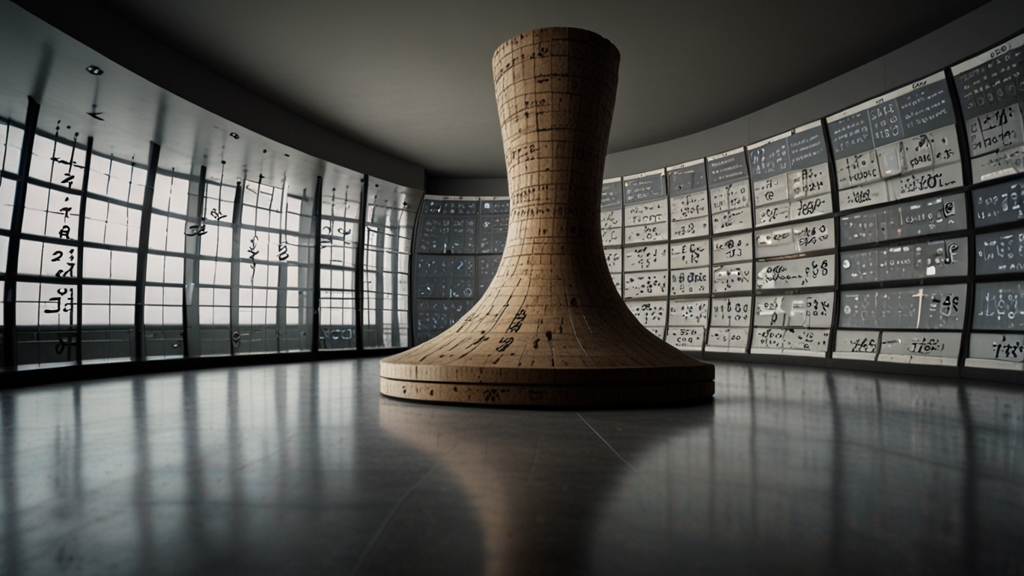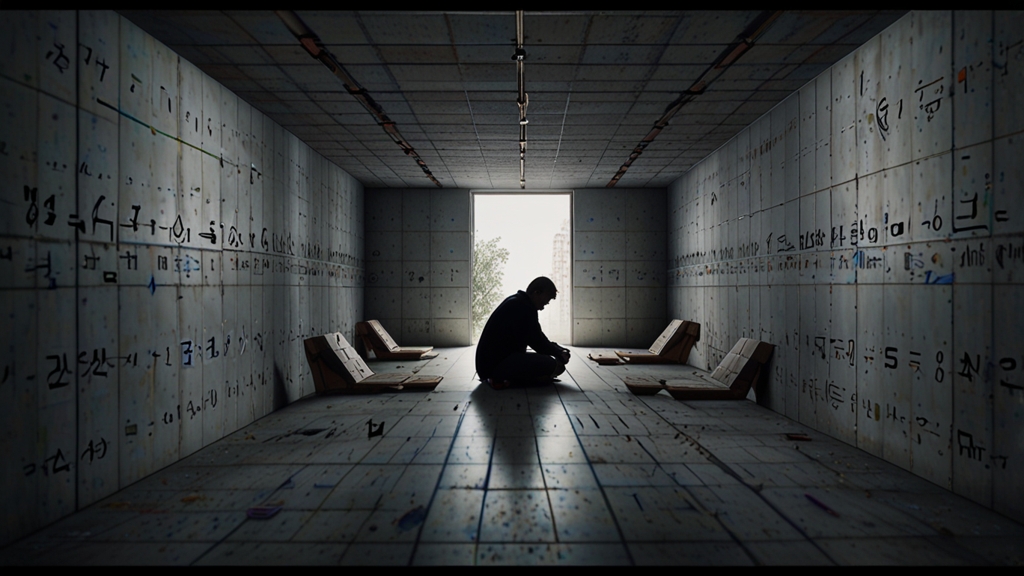The Crucifixion: A Sinister Tool of Power in Ancient Rome
The crucifixion, a harrowing and agonizing method of execution, has long been associated with ancient Rome. This form of capital punishment was far more than an act of justice or a means to eliminate threats. It was a powerful instrument wielded by Rome to instill fear, enforce control, and assert dominance over its vast empire. Although its origins predate Roman use, the Romans refined and institutionalized it, turning crucifixion into a dark symbol of their authority.
Origins and Adoption
While the Romans did not invent crucifixion, they adopted and adapted it from previous cultures such as the Persians and Carthaginians. Its initial introduction into Roman practices is somewhat unclear, but by the time of the Republic and certainly during the Empire, it had become a common practice. The Romans selected crucifixion for severe offenses like rebellion, desertion, and for slaves and foreigners who committed crimes against the state.
A Public Spectacle
Crucifixion was not merely an execution; it was a public event designed to terrorize. The condemned were often paraded through the streets, flogged, and humiliated before being hung on crosses erected in highly visible locations. This public spectacle served as a grim warning to anyone who might challenge Roman authority.
"Crucifixion was intended to serve as a deterrent to criminal activities and rebellious tendencies. By displaying the bodies of the crucified in prominent locations, the Romans sent a chilling message to their subjects: disobedience would not be tolerated." - Historian John Mark.
Psychological Warfare
One of the most insidious aspects of crucifixion was its psychological impact. The slow and excruciating death process, often taking days, inflicted not just physical pain but profound mental anguish. The sight of a nudity-exposed, tortured body, the agonized cries of the condemned, and the fact that death did not come swiftly, fostered an environment of dread.
The Roman statesman and philosopher Seneca the Younger famously criticized crucifixion, stating:
"Can anyone be found who would prefer wasting away in pain dying limb by limb, or letting out his life drop by drop, rather than expiring once for all? Can any man be found willing to be fastened to the accursed tree, long sickly, already deformed, swelling with ugly weals on shoulder and chest, and drawing the breath of life amid long-drawn-out agony?" - Seneca the Younger, Epistle 101.
Socio-Political Control
Rome's use of crucifixion as a tool of state control cannot be overstated. It was employed during the Spartacus slave rebellion in 71 B.C., where 6,000 slaves were crucified along the Appian Way. This brutal response was not merely to punish but to display the fate of resistance. Crucifixion's application served dual purposes: it physically removed threats and symbolically reaffirmed Roman supremacy.
The Religious Significance
The crucifixion of Jesus Christ highlights the intersection of Roman judicial practices with the socio-religious context of the time. For early Christians, the crucifixion, a method of utmost disgrace, paradoxically became the cornerstone of their faith, symbolizing sacrifice, redemption, and victory over sin and death.
Paul the Apostle perceived the crucifixion as a paradoxical event that exemplified both the power and wisdom of God:
"For the message of the cross is foolishness to those who are perishing, but to us who are being saved it is the power of God." - 1 Corinthians 1:18, New Testament.
Legacy and Reflection
The legacy of crucifixion as a tool of power in ancient Rome is a stark reminder of how methods of punishment can be manipulated to serve broader authoritarian purposes. By using crucifixion, Rome maintained its grip on a diverse and sprawling territory, projecting both fear and control. Today, the image of the cross carries religious symbolisms far removed from its original context of terror and death, highlighting the profound ways in which symbols can be reinterpreted across time.
In reflecting on the use of crucifixion, we must acknowledge the Roman Empire's complexity and the duality of its contributions to civilization—a civilization that advanced remarkable achievements in art, law, and architecture, yet simultaneously engaged in acts of profound brutality to maintain its hegemony.









